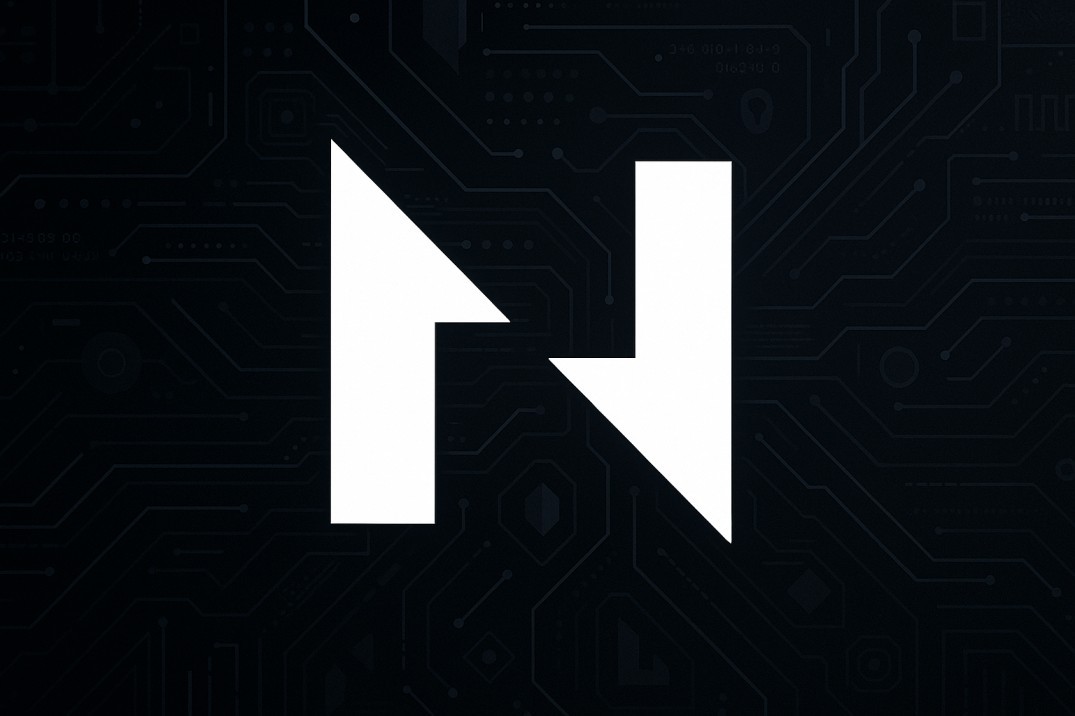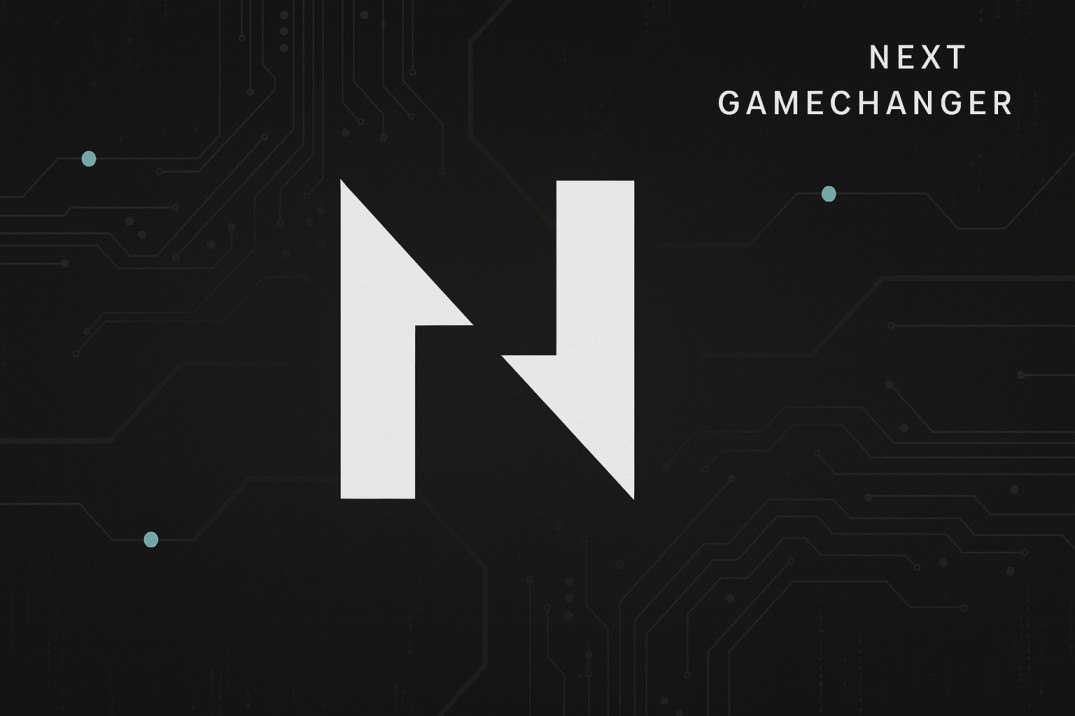TL;DR
- Nervos CKB is a multi-layer, open-source blockchain with a focus on long-term value and modular scalability.
- It features a dual-layer architecture: a secure, value-preserving Layer‑1 (PoW) and flexible Layer‑2s for apps and services.
- Uses NC‑MAX, an enhanced Nakamoto consensus that improves speed and resists selfish mining.
- Introduced the Cell Model, supporting flexible smart contracts and parallel state processing without bloating the base chain.
- Secured via Proof of Work with ASIC-resistant Eaglesong hash, audited by CertiK & Least Authority.
- Aims to balance security, decentralization, and scalability, with Layer‑2 extensibility for developers.
- Faces typical PoW challenges: energy use, competition vs PoS, Layer‑2 adoption, and ecosystem liquidity.
Launched in November 2019, the Nervos Common Knowledge Base (CKB) is the foundation of the Nervos Network-a modular, permissionless blockchain designed to support value preservation and decentralized applications.
Unlike many blockchains that mix consensus, storage, and execution, Nervos splits these responsibilities:
Layer‑1 (CKB): Focused on security, decentralization, and storing critical state-"common knowledge."
Layer‑2 networks: Handle high-volume apps, rapid transactions, and custom privacy/security needs, anchored back to CKB.
This design creates a trust root with permanence and integrity, while allowing lightning-fast innovation atop it.
Who Built Nervos?
Founded in 2018 by Terry Tai, Daniel Lv, and Kevin Wang, under the Nervos Foundation, the project brings together blockchain veterans and software engineers.
- Terry Tai: Co-led Yunbi exchange; co-founded Teahour.fm.
- Daniel Lv: CTO at Yunbi and imToken; co-founded Ruby-China.
- Kevin Wang: Engineer, ex-IBM SVL, founded Launch School.
They set out to build an inclusive and scalable crypto-economy that blends provable security with developer flexibility across layers.
How Nervos Works: CKB Cell Model + NC‑MAX

1. PoW with NC‑MAX
Nervos uses Proof of Work, but with an optimized Nakamoto model-NC‑MAX. This upgrade boosts performance by improving block propagation, lowering orphans, and dynamically adjusting block intervals.
Key features:
- Faster block times (8-48 seconds) compared to Bitcoin's 10‑minute blocks.
- Eaglesong hash, a custom ASIC-resistant algorithm.
- Selfish mining resistance and optimized bandwidth usage.
This keeps CKB secure, decentralized, and responsive to network load.
2. Cell Model & CKB‑VM
Nervos moves beyond Bitcoin's basic UTXO system using the Cell Model: each "cell" serves as a programmable, independent state controlled by scripts.
Benefits include:
- Parallelization-no global state bloat
- Flexibility-custom Lock and Type scripts for diverse functionality
- Smart contracts-managed by CKB‑VM, a RISC‑V VM supporting languages like Rust and C.
- Combined, PoW + Cell Model + CKB‑VM make Layer‑1 secure, flexible, and composable.
Tokenomics: CKByte and State Rent
CKB serves multiple roles:
- Utility: Powers storage, fees, state usage
- Security: Rewards miners via PoW and secondary issuance
- Reserve asset: Used in Layer‑2 and DAO staking
- Initial supply was 33.6B CKB, with 8.4B burned. Today, ~47.6B total supply, ~46.9B circulating.
Issuance schedule:
- Base issuance: 33.6B/year, halving roughly every four years
- Secondary issuance: 1.344B/year-paid for state storage usage
- DAOs: Users locking CKB in the Nervos DAO earn yield from secondary issuance and help clean unused state.
This aligns long-term miner incentives with ecosystem sustainability.
Layer‑2 Extensions: Scaling the Experience
CKB Layer‑1 sets consensus and value storage, while Layer‑2 networks like Godwoken (an EVM-optimized optimistic rollup) handle fast applications.
These Layer 2 extensions include sidechains, rollups, and application-specific protocols that connect back to the Common Knowledge Base. By keeping computation off the base layer, Nervos achieves better scalability without compromising decentralization. This approach not only supports a growing range of dApps and services but also enables developers to choose the best tools for their needs, whether they're building a payment system, a gaming app, or a DeFi protocol.
Security: Audits and Open Source Defense
Security is a core part of Nervos' architecture, not just an afterthought. The protocol has undergone rigorous third-party audits to identify vulnerabilities before deployment. But more importantly, its codebase is fully open source, which invites continuous peer review from developers worldwide. This open and transparent development model makes it easier to spot issues, fix bugs, and improve resilience over time. By combining formal security audits with a community-driven defense strategy, Nervos builds trust not just through marketing but through verifiable code and collaboration.
The project's commitment to long-term reliability shows in its slow, careful updates and its emphasis on sustainable, battle-tested upgrades.
Ecosystem & Use Cases
Nervos supports a wide range of functions:
- Asset storage: NFTs, token issuance
- DAOs & governance: via Cell scripts and Layer‑2 tools
- Interoperability: works with Bitcoin, Ethereum, Cosmos, via Godwoken and bridges
- Preservation: ideal for high-value, long-term data and assets
- Layer‑2 apps: including games, social tokens, payments, AI rollups
In April 2024, RGB++ integration allowed issuance of assets on Bitcoin using CKB as a trust layer.
Challenges & Risks
Despite its strong foundation, Nervos faces several challenges:
- Energy costs: PoW consensus uses significant power
- PoW vs PoS trend: sustainability concerns may push developers toward Ethereum-style PoS chains
- Layer‑2 adoption: success hinges on vibrant ecosystem use and liquidity
- Complexity: multi-layer design makes integration tougher for newcomers
- Market competition: modular blockchain projects like Celestia and Ethereum rollups
Nervos must show strong Layer‑2 adoption, interoperability, and community growth.
Future Outlook

Nervos is building the backbone of a decentralized, value-centric internet. With recent additions like:
- NC‑MAX performance gains
- RGB++ asset issuance
- Scalable Layer‑2s like Godwoken
- Robust auditing & DAO mechanisms
Nervos is well-positioned, especially as Layer‑2 demand, cross-chain interoperability, and asset tokenization rise.
However, its future depends on:
- Developer adoption and tooling
- Ecosystem liquidity and apps
- Efficiency in PoW and potential exploration of hybrid consensus
For those focused on long-term value storage and modular frameworks, Nervos offers a proof-of-concept that security and scale can coexist.
Final Thought
Nervos Network pioneers a fresh take on blockchain architecture, a secure decentralized Layer‑1 that preserves value, paired with modular Layer‑2s for fast, flexible dApps. Its blend of proof-of-work, state rent, Cell Model, and smart contract support shows a thoughtful design for a durable crypto-economy.
As web3 matures beyond speculative token trends, the foundations that prioritize security, composability, and decentralized incentives become more important than ever. Nervos has built such a platform. Its real test now lies in being adopted-by builders, users, and other ecosystems. For anyone documenting the future of multi-layer value chains, blockchain-native asset storage, or cross-chain modularity, Nervos should be on your evergreen radar.











